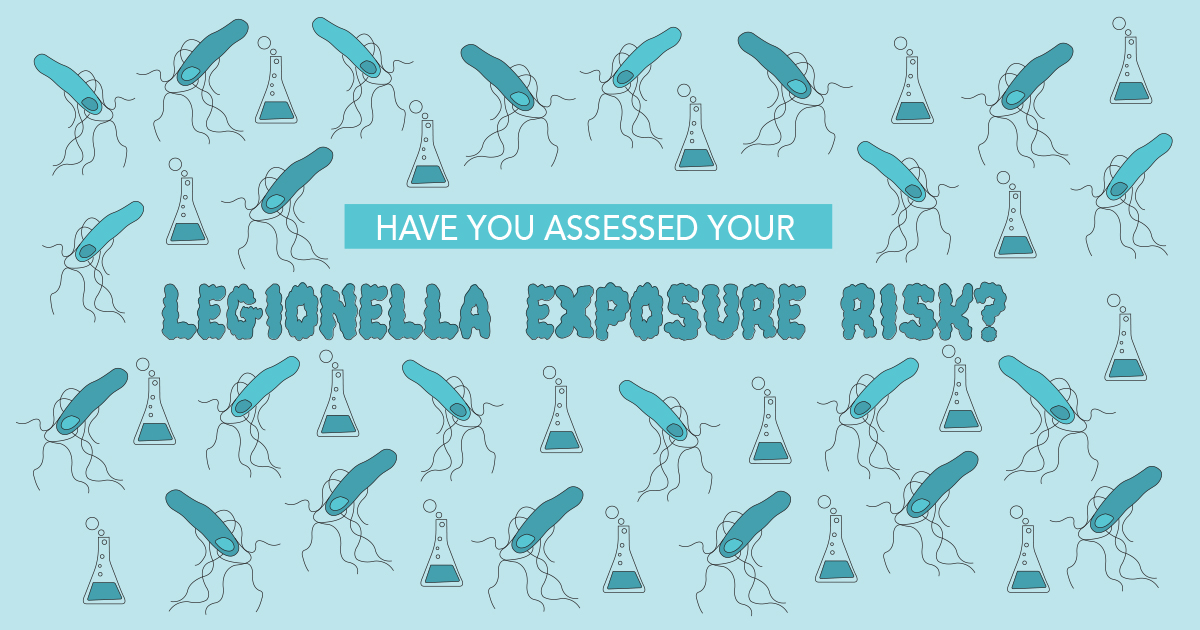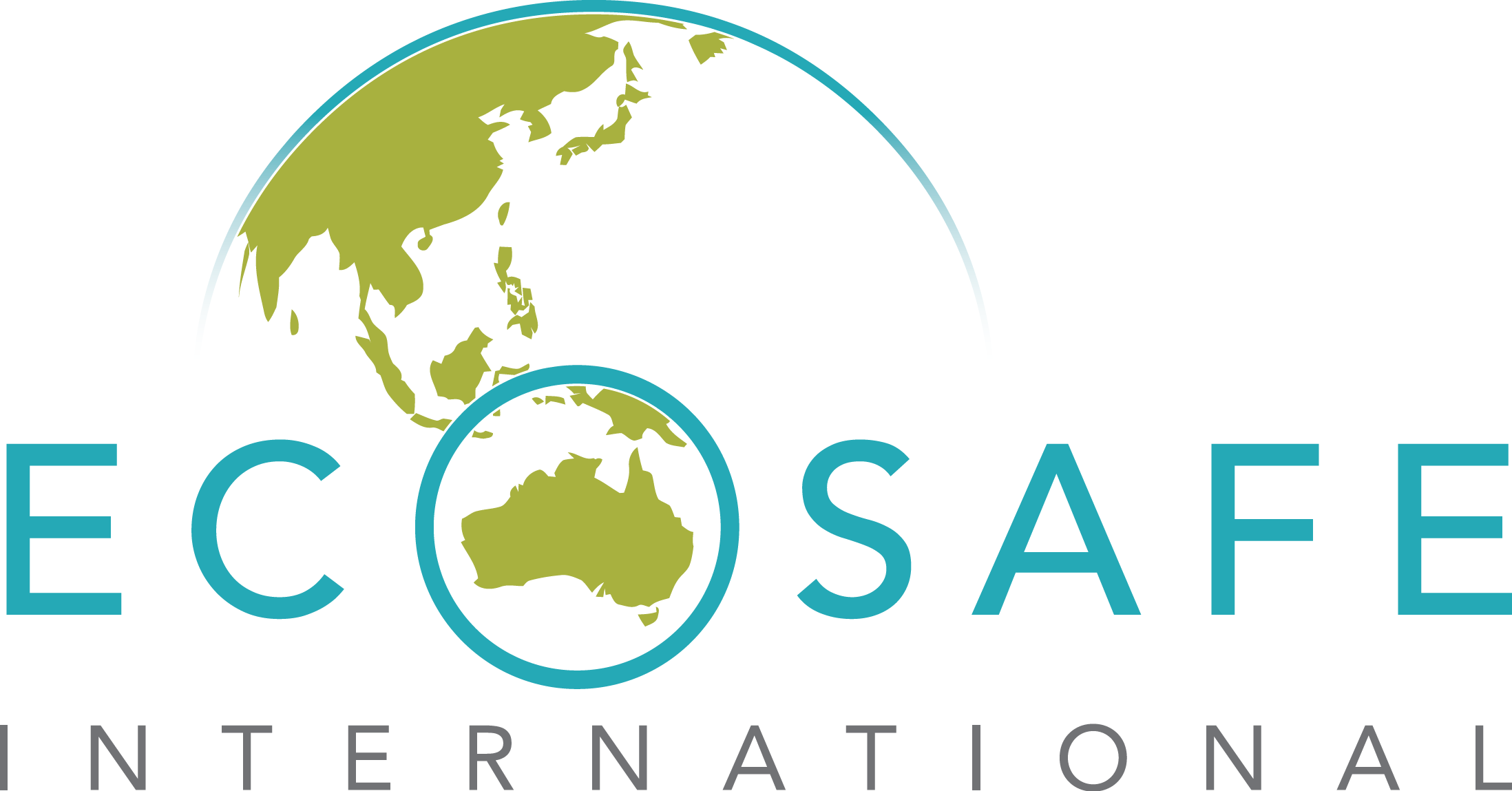Assessing your Legionella exposure risk couldn’t be of greater importance for those working with or around water.
An underground miner was recently diagnosed with Legionnaires’ disease after suffering severe respiratory distress and pneumonia that developed quickly from flu-like symptoms.
Despite being young, fit and healthy, the miner required urgent medical intervention in an intensive care unit before he fortunately made a full recovery. Department of Health officers investigated all possible sources of exposure to Legionella bacteria. High levels of Legionella pneumophila were identified at the underground wash bay where the miner had used high pressure water blasting equipment to clean heavy machinery during his last roster. Department of Health officers concluded that inhalation of mists from this water supply was the likely cause of his serious illness. Subsequently, all water supplies with the potential to create mists at this workplace were decontaminated and risk management strategies implemented to prevent further exposures to potentially contaminated water.

Legionnaires’ disease is a severe form of pneumonia with a high fatality rate. Infection is caused by inhaling droplets or mists infected with Legionella bacteria, which can be prevalent in sources of fresh, raw and brackish water, although infection is usually low in healthy individuals.
Legionella infections can cause serious respiratory illness ranging from a short flu-like condition (Pontiac fever) that may progress to severe pneumonia (Legionnaires’ disease) with organ failure and may even be fatal in susceptible patients.
Detection of Legionnaires’ disease is deemed a serious occurrence, notifiable to the District Inspector (s. 79 of the Mines Safety and Inspection Act 1994) and an occupational disease notifiable to the State Mining Engineer (r. 3.39 of the Mines Safety Inspection Regulations 1995).
For those diagnosed with Legionnaires’ disease in Australia, the fatality rate can be up to 50 per cent. Therefore, all cases of Legionnaires’ disease must be reported to the Department of Health to enable immediate investigation and remediation of the source to prevent an outbreak with prompt, targeted treatment of affected people. Effective risk management, i.e. identification, assessment and control, is necessary to reduce the risk of workers inhaling mists or aerosols that are contaminated with Legionella.
Click here to see ways you can reduce your Legionella exposure risk.
Contact us for more information.
Connect with us on Facebook.
